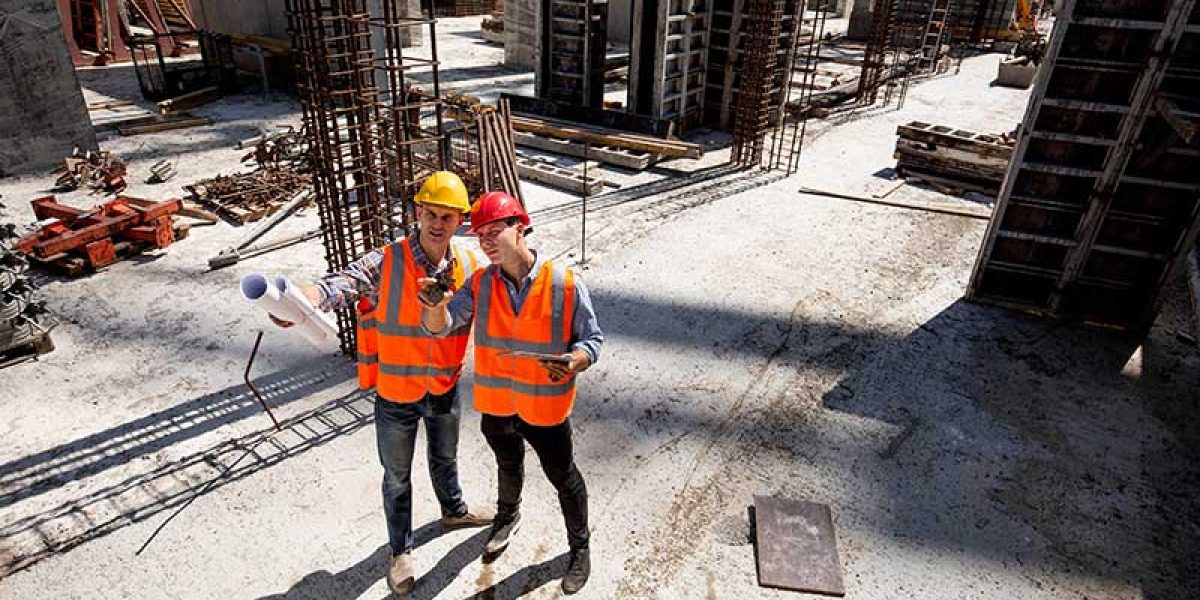Risk management in construction projects is an essential part of the general contracting industry. It includes a variety of operations aimed at identifying, assessing, and mitigating risks during the construction process. Effective risk management ensures that projects are completed on time, within budget, and to the required quality standards, while also protecting workers’ health and safety. This blog dives into general contractors’ risk-management techniques and tools, highlighting industry best practices.
Identifying risks is the first step in risk management
The first step in good risk management is to recognize potential dangers. These can include unforeseen ground conditions, supply chain disruptions, and changes in project scope, as well as on-site accidents and financial concerns. Risk assessment matrices and SWOT analysis (Strengths, Weaknesses, Opportunities, and Threats) are frequently employed at this stage. Contractors can prioritize risks by carefully identifying them and assessing their possible impact and likelihood.
Assessing Risks: Understanding Impact and Likelihood
Once risks have been identified, the next stage is to determine their possible impact on the project and likelihood of occurrence. This includes both quantitative tools, such as cost-benefit assessments, and qualitative approaches, such expert judgment. Probability impact matrices are useful tools for visualizing the risk environment, allowing contractors to focus on high-priority risks.
Risk Mitigation Strategies and Practices
Mitigating risks entails devising measures to lower the possibility of risk occurrence or minimize their impact on the project. Common risk management tactics include:
- Contractual Agreements: Using contracts to properly share risks between parties.
- Quality Control and Safety Programs: Enforcing stringent quality control and safety measures to avoid accidents and flaws.
- Financial Management: Ensuring strong financial planning and management to deal with cost overruns and funding concerns.
- Contingency Planning: Creating plans for important risks, such as backup suppliers and alternative work schedules.
- Technology Utilization: Using project management software and other technology to improve decision-making and communication.
Monitoring and Reviewing is an ongoing process
Risk management is a constant effort. Throughout the project lifespan, it is critical to monitor risks and the effectiveness of mitigation techniques. This can include conducting regular risk assessments, holding project meetings, and updating risk registers. The usage of project management software allows for real-time tracking of project variables and risk indicators.
The Impact of Technology in Risk Management
Technological advancements have had a profound impact on construction risk management. Tools like Building Information Modeling (BIM) enable the visualization of potential concerns before construction begins, lowering the risk of unanticipated complications. Drones and IoT devices provide for real-time surveillance of locations, improving safety and operational efficiency.
A proactive approach to risk management.
Effective risk management is critical to the success of building projects. General contractors can ensure project success by detecting, assessing, and minimizing risks, so preventing costly overruns and delays. A proactive approach to risk management, supported by cutting-edge tools and technology, may dramatically minimize the uncertainties inherent in building projects, resulting in better outcomes for all stakeholders.
In the ever-changing landscape of the construction business, being ahead of risk management techniques is not just a requirement, but also a competitive advantage. As general contractors handle the complexity of construction projects, their risk-management knowledge will become increasingly important to their success.








